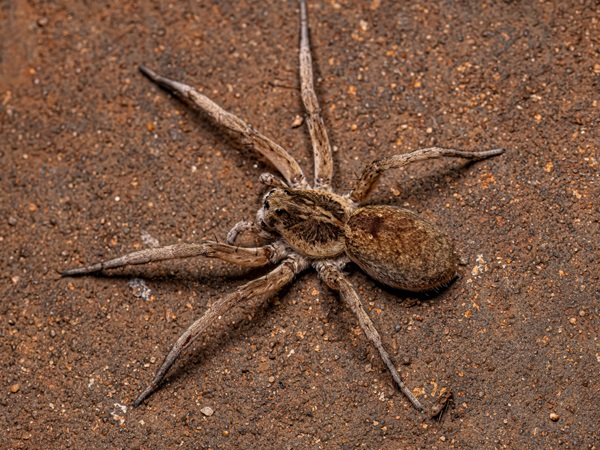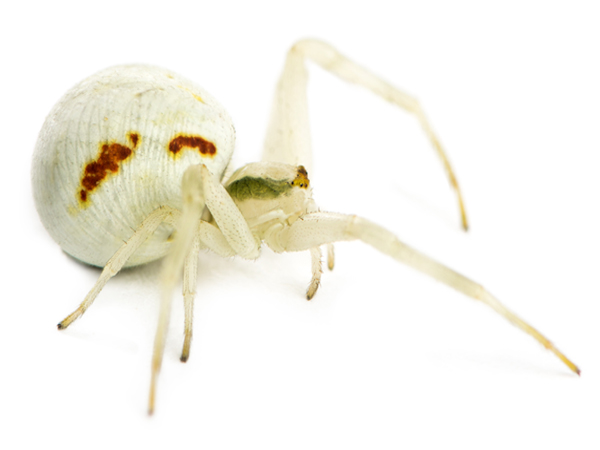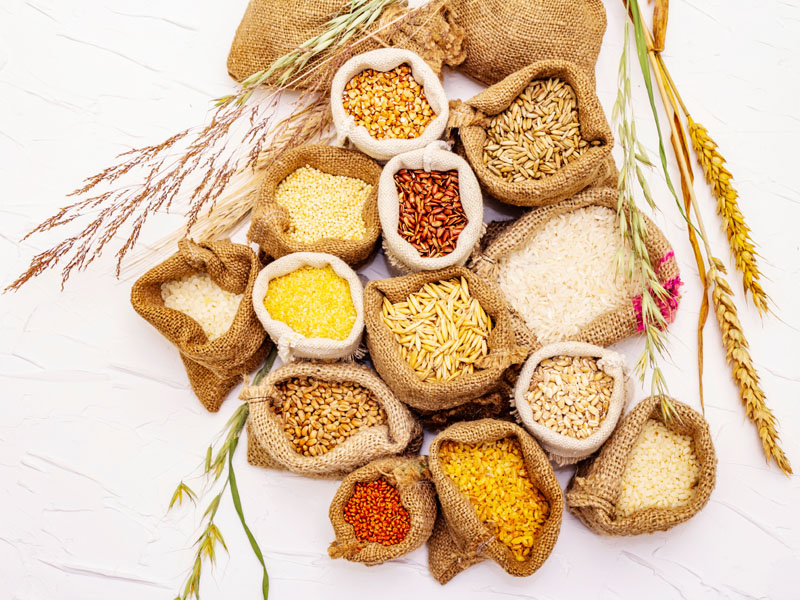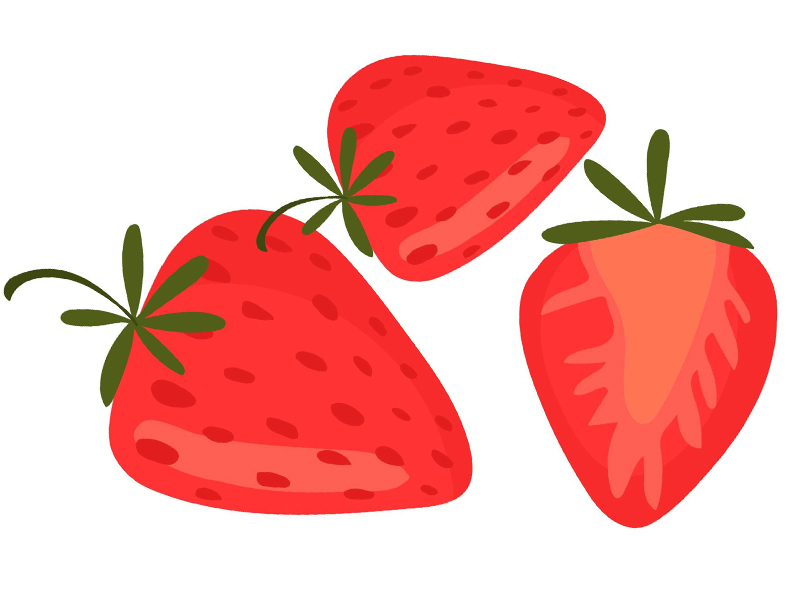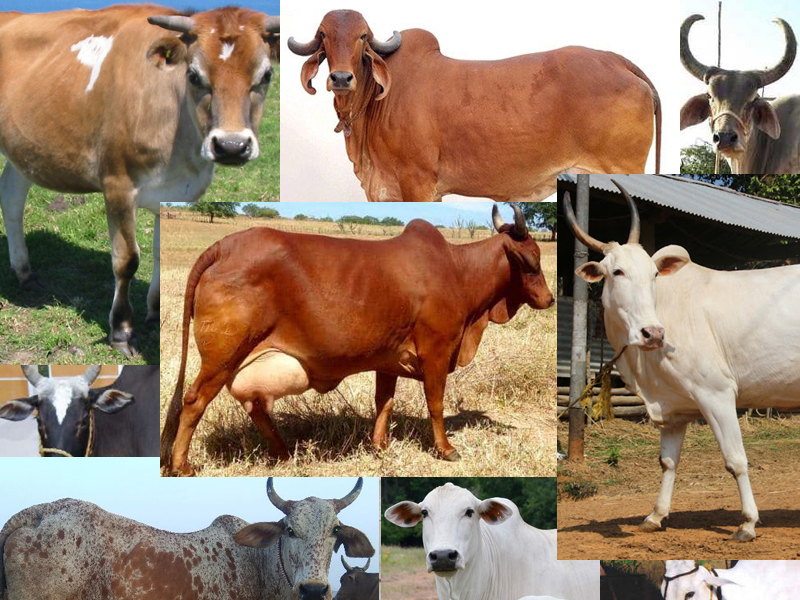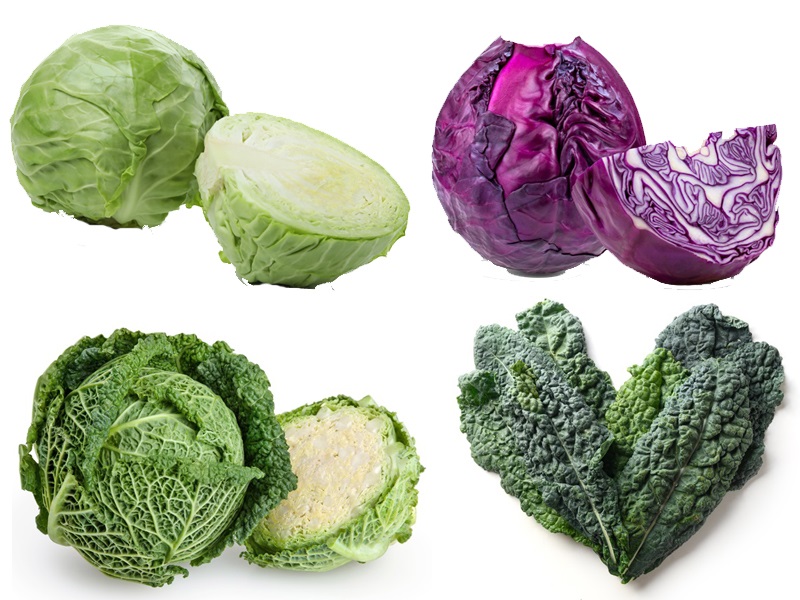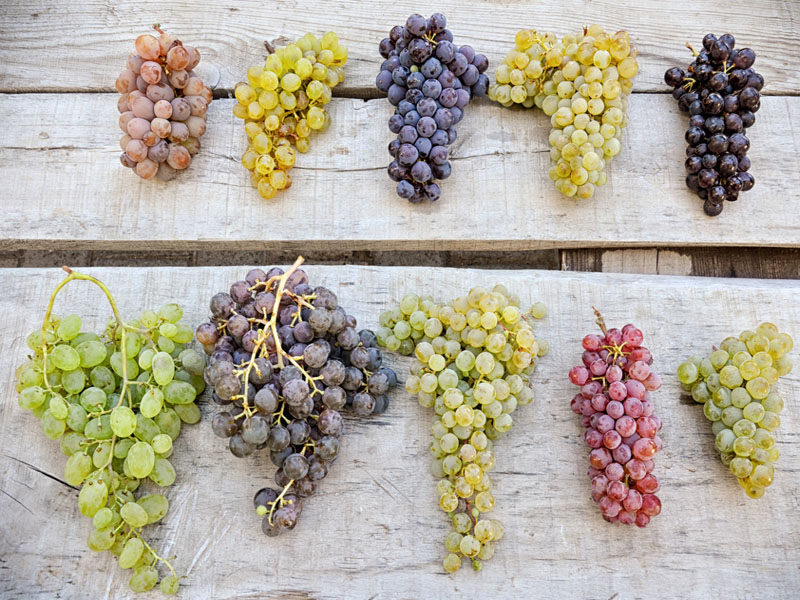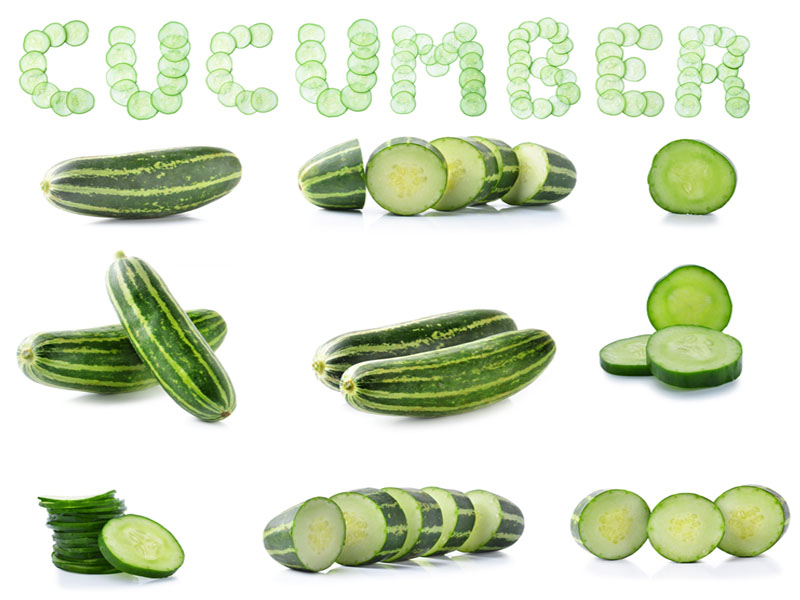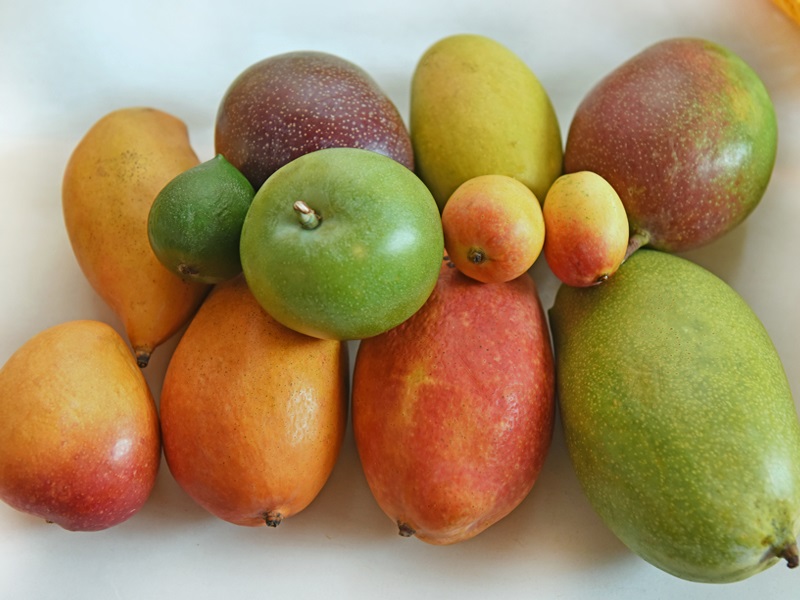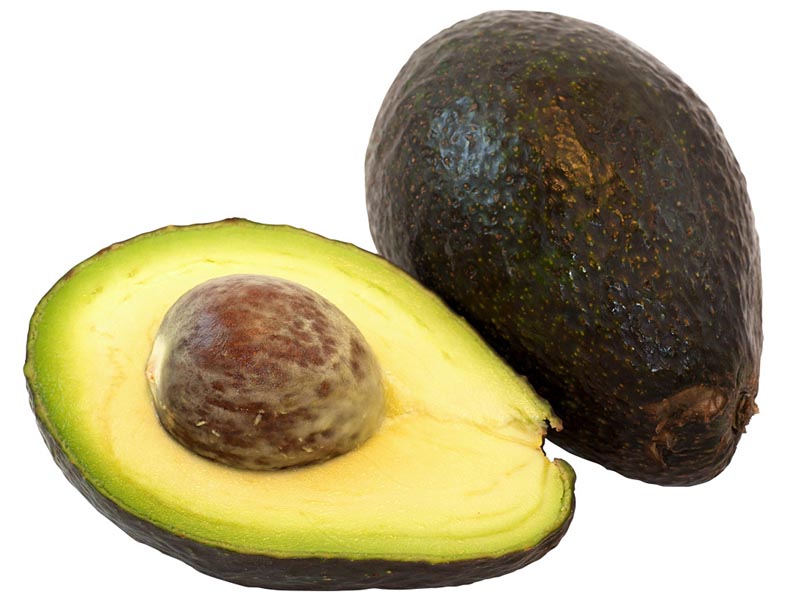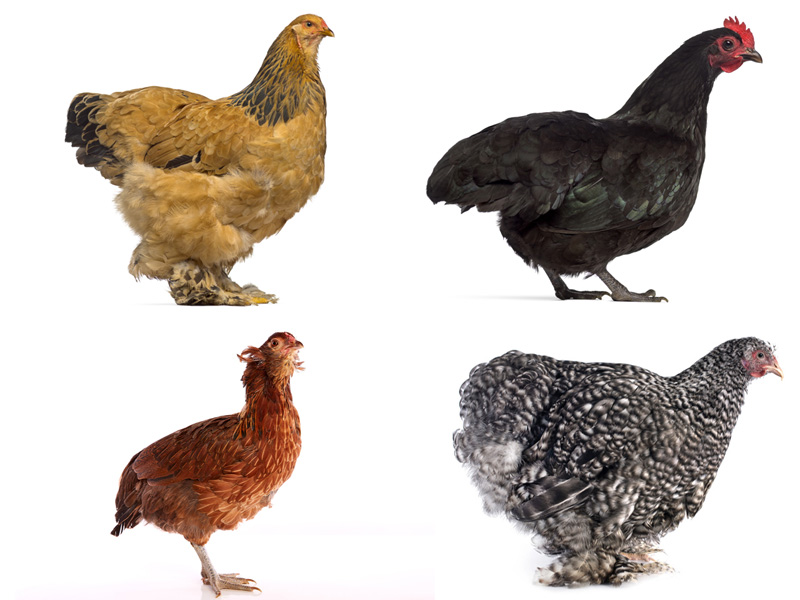What is Spider: Spiders are one most terrifying insects. Fear for spiders isn’t that weird because the point of getting bit by it is dangerous at times. Spiders that find shelter at the houses are not that poisonous, but they do cause some rashes and skin allergies. Getting to know more about the species, the nature of it and if it is toxic or what could put an end to the fear of spiders. Spiders hold the scientific name ‘Araneae.’ They are those air-breathing arthropods having eight legs and chelicerae with fangs that inject venom. They are the most significant order of arachnids, and they rank seventh in the total species diversity among the other orders of organisms.
Spiders and people: How do spiders help people? Is not it funnier to ask a question like this? But, they do help people by consuming most of the insects at home. Might sound pointless, but getting rid of insects is one big task in maintaining a healthy and clean house. The creepy and terrifying eight-legged insect spins a sticky web to hook the prey effortlessly. The venom of the spider is used as medicines. Spider is an older symbol of mystery, power, and growth. The ancient symbol of the spiders could be contemplated with its web. Just as the spider weaves its web, we have to spin our life. Spider as a symbol means that our choices build our experience.
15 Common Types of Spiders Names and Pics:
Spiders go on a range from colours to the place of living, coloured spiders are usually found in gardens, and they are black spiders, yellow spiders, orange spiders, etc. Different types of spiders or different species spiders hold a scientific name each based on their habitation, venomousness, colour, the family that they belong to, etc.
1. Wolf Spider:
They belong to the family named Lycosidae, and gained the name from an Ancient Greek word meaning ‘wolf.’ They are vigorous and supple predators with exceptional eyesight. They live in isolation and hunt alone, and do not spin webs. Some are cunning hunters attacking upon prey as soon as they find it or even chasing it at a short distance. But, some of these spiders wait for prey to pass by.
2. Jumping Spider:
They constitute the family Salticidae. The family comprises coarsely 640 described kinds, and around 6000 and more described species of spiders. Although they normally move unremarkably and fairly slow, most species are capable of responsive jumps, particularly while hunting, but sometimes with a response to unexpected threats or passing long gaps. Both the lungs and tracheal system are very well-developed; they use both the systems. Jumping spiders have the best vision among arthropods; they use it in courtship, hunting, and navigation. Their eye pattern usually recognizes jumping spiders; in common have four pairs of eyes, with the front median pair being particularly large.
3. Huntsman Spider:
Huntsman spiders belong to Sparassidae family which was formerly known as Heteropodidae. These spiders acquire the name for their mode and speed of hunting. They look much like a crab and are quite big, are most often referred with the name giant crab spiders. They also hold the name wood spiders. Some species of huntsman spiders can use an unusual form of locomotion. They could be seen mostly in tropical regions.
4. Hobo Spider or Funnel Web Spider:
The hobo spider scientifically knows as Eratigenaagrestis, is a member of the class of spiders commonly known as funnel web spiders. These spiders construct a funnel-shaped web of silk sheeting, lay within it and wait at the small end of the funnel for the prey insects to slip onto their web. Hobo spiders build their webs near human habitations. The Australian Funnel Web spiders are different from this but are most often misunderstood. Hobo spiders are distributed across Europe and Central Asia; they are also found in the United States and Canada.
5. House Spider:
House spiders refer to those spiders that make their living around the human habitation. They tend to live indoors and in hidden places. Most spiders belong to this category. They are the most common ones you see around the house.
6. Recluse Spider:
The recluse spiders or brown spiders are also known as fiddle-backs, violin spiders, or reapers, belong to the group venomous spiders for their bite that sometimes cause a characteristic set of symptoms known as loxoscelism. Recluse spiders are identified as the members of the family Sicariidae. Although recluse spiders have a bad status, they are usually not violent. Brown recluse spiders range between 6 and 20 millimeters in size but may grow larger. While typically light to medium brown, they range in colour from whitish to dark brown or blackish grey. This is one highly poisonous spider.
7. White Spider:
White spiders are mostly venomous and are rarely found. The White Spiders are called as MisumenaVatia, The Goldenrod Crab Spider. These spiders are known for their use of camouflage. Their bodies are normally barren of pigment, and that makes them appear pure white. For instance, when standing on a golden flower, these can produce a temporary yellow or orange pigment to blend with the flower. Once it moves away from the flower, it excretes the pigment and returns to its normal white colouration.
8. Small Spider:
Small spiders are not specific ones; they come on most of the species. Some wolf spiders are small in size too. Brown recluse spiders range from 6 millimeters to 20 millimetres, and they come under the class small spiders. Spiders that are smaller in size are named as small spiders, and not with any other classification. Grass spider, house spider, crab spider, jumping spider, etc. belong to this class.
9. Banana Spider:
Banana spiders refer to Cupiennius, South and Central American species of spider. They are commonly known as Banana spiders and are found from Mexico to northwestern South America, and on some Caribbean islands.
10. Red Spider:
Red spiders are also called spider mites. The name red spiders generally know the plant-feeding mites of the family Tetranychidae. They are a common pest on houseplants and agriculturally important plants. It takes about three weeks for a red spider egg to become an adult. Adult red spiders measure about 0.02 inch in length. Contrary to the name, all species are not red; some are green, yellow, and orange.
11. Garden Spider:
Garden spiders hold the scientific name Argiope aurantia, they are commonly called the yellow garden spiders, black and yellow garden spider, golden spider, corn spider, etc. It is commonly found in contiguous United States, Hawaii, southern Canada, Mexico, and Central America. Male garden spiders range from 5–9 mm, and female garden spiders range from 19–28 mm. The venom is harmless to humans.
12. Crab Spider:
Crab Spider is common to the Thomisidae family of spiders. It has this common name owing to the shape of it. It resembles a smaller size crab and is most often misunderstood to be one. These spiders are also named as flower-crab spiders as they hunt on flowers and habitat in and around humans.
13. Australian Spider:
Australia has got some highly venomous spiders, together with Sydney’s Funnel-web spiders. The spiders belonging to the family Hexathelidae; and the Redback Spider, when bit, is found extremely painful. It has historically been linked with deaths in Australian medical records. But, most Australian spiders do not have venom that is measured to be dangerously toxic.
14. Orange Spider:
Orange spiders come under the category of garden spiders; they are in a wide variety of colours, including orange. One good example of a common orange garden spider is the marbled orb weaver. It measures approximately 14 millimetres in length; these spiders range from bright orange to a faint yellow. The shape of the orange spider’s web is like a wheel; they also create zigzag patterns within their webs. The threads in the web vibrate to alert the spider about the prey that has slipped on the web.
15. American Spider:
Orb Weaver spiders and Recluse spiders are the commonly found spiders of America. Recluse spiders are found in North America, and it is one among those dangerous species of spiders.
Dos and Don’t s with Spiders:
- Keeping the house clean can prevent spiders from building webs.
- Do not clean the webs with hand, use gloves.
- Consult with a doctor immediately on spider bites.
- Pre-check umbrellas, and hats before using, for, the spiders choose such places to hail.
- To prevent from building webs in the house use Insect repellent liquids.
- To get relieving from the pain and swelling the bitten area wash with water and soap, and place a cube of ice or a wet cloth.
- Disturbing the spiders end up in spider bites, it’s better not to disturb or harm them.
Spiders are more terrifying for people with Arachnophobia; that is the fear of spiders. Though spiders are harmful, they seem interesting most of the time; spinning their web in shapes look exciting. Each species of spider spins its web in a different form. As of the symbols, spiders give a message of growth, mystery, and power.



